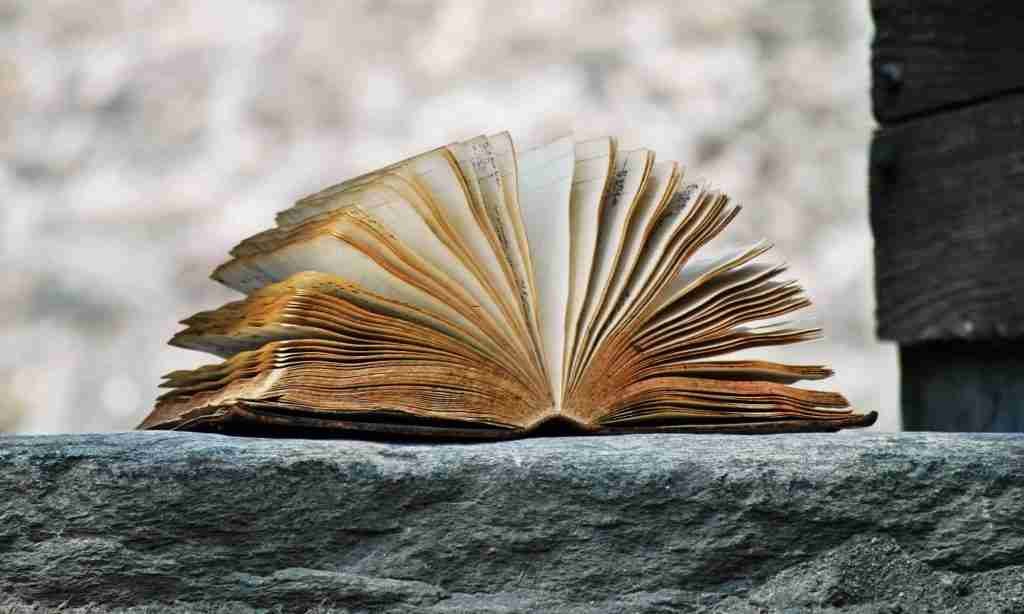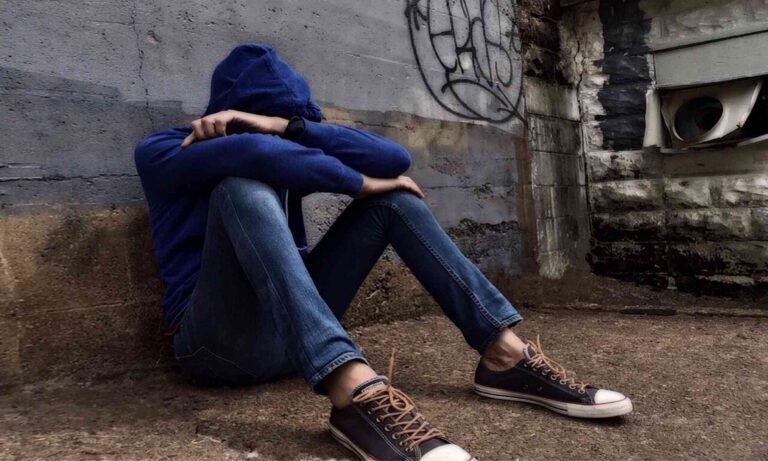Overconsumption and perhaps not overpopulation drives climate change. A projected decline in fertility could see the world’s population peak in just four decades, with Japan and Spain halving in size. But then again: Overpopulation may drive overconsumption.
Regardless, resource management and sustainable practices – as well as contraception – are crucial in mitigating environmental impact. Investing in innovative solutions can help balance economic growth with ecological preservation.
An increasing global population strains resources, driving higher demand for essentials like food, water, housing, energy, and healthcare. This consumption worsens ecological degradation, heightens conflicts, and raises the risk of large-scale disasters such as pandemics.
Population & Climate
There are so many imbalances all over the world. I therefore chose to focus just on two main ones whereas the first certainly impacts the second in one way or another: Population and Climate. They both are deeply interconnected when it comes to climate change.
Common Ground
- Vulnerability: Both population growth and climate change can increase vulnerability. Densely populated areas are more susceptible to the impacts of climate change, such as flooding and heatwaves.
- Sustainability: Addressing both population growth and climate change requires sustainable practices. This includes reducing emissions, improving resource efficiency, and promoting renewable energy.
- Policy and Planning: Effective policies and planning are essential to manage the impacts of both population growth and climate change. This includes urban planning, disaster preparedness, and international cooperation.
In essence, managing population growth and addressing climate change are intertwined challenges that require a holistic and sustainable approach.
(Im-)Balance: Population
- Resource Demand: A growing population increases the demand for resources such as food, water, and energy. This leads to higher greenhouse gas emissions from agriculture, industry, and transportation.
- Urbanization: More people moving to cities results in urban sprawl, which can lead to deforestation and increased energy consumption.
- Waste Generation: Larger populations produce more waste, contributing to methane emissions from landfills and pollution.
Can The Earth Cope?
How many people can live on planet earth? Sir David Frederick Attenborough explains his possible answers.
The capacity of our environment to provide space and supply energy (incl. food) is limited.
In 2013, Sir David Frederick Attenborough said if humans did not control population, the natural world would and in 2018, he stated in an interview with the BBC’s Newsnight, that slowing population growth is key to saving the planet.
By 2025, world population will probably be over 8 billion people. Around 2040, it could hit 9 billion and by 2100, it could reach a massive 11 billion people.
Growth Box By Box
Fascinating, impressive, scary, isn’t it? The Chinese might have been (past tense!) on the right track with their one-child policy. The world’s population will grow to 9 billion over the next 50 years – and only by raising the living standards of the poorest can we check population growth. This is the paradoxical answer by Prof. Hans Rosling
Hans Rosling (27. July 1948 – 7. February 2017) was a professor of international health at Karolinska Institute and was the co-founder and chairman of the Gapminder Foundation, which developed the Trendalyzer software system.
Gapminder was founded in 2005 by Ola Rosling, Anna Rosling Rönnlund, and Hans Rosling. The name Gapminder was derived from the “Mind the Gap” warning messages on the London Underground
“Nature doesn’t need people – people need nature; nature would survive the extinction of the human being and go on just fine, but human culture, human beings, cannot survive without nature.”
– Harrison Ford
(Im-)Balance: Climate
Weather is what the forecasters on the TV news predict each day. They tell people about the temperature, cloudiness, humidity, and whether a storm is likely in the next few days. That’s weather! It is the mix of events that happens each day in our atmosphere. Climate on the other hand is the average weather in a place over many years. While the weather can change in just a few hours, climate takes hundreds, thousands, even millions of years to change.
- Impact on Resources: Climate change affects the availability of resources. For example, changing weather patterns can disrupt food production and water supply.
- Extreme Weather: Increased frequency and severity of extreme weather events, such as hurricanes and droughts, can displace populations and strain infrastructure.
- Health Risks: Climate change can exacerbate health issues, such as heat-related illnesses and the spread of vector-borne diseases, which can be more challenging to manage in densely populated areas.
The earth’s climate has the power to shape the history of the world is a known fact. It can biologically, culturally and geographically alter the basics of the planet. However over the last century it was realized that even human activities can alter the climate to a great extent. During the past 100 years, global average surface temperature increased by about 0.7 °C resulting in climate change.
Our planet, Earth, is facing severe climate imbalances due to the extended abuse during the past few centuries. The average temperature of the planet has a predicted rise of up to 5 °C over the next century due to climate change.
These temperature change can prove to be very dangerous in the future. Global warming is an issue haunting several countries of the world. With the constant increase of greenhouse gases the situation is expected to worsen.
“By the time we see that climate change is really bad, your ability to fix it is extremely limited. The carbon gets up there, but the heating effect is delayed. And then the effect of that heat on the species and ecosystem is delayed. That means that even when you turn virtuous, things are actually going to get worse for quite a while.”
– Bill Gates
What’s More
The posts in My Blog feature reflective, story-driven pieces rooted in personal and societal insights.
The topics in My Interests explore abstract, philosophical ideas and their cultural and societal impact.
👁️ 9,725 Views
















